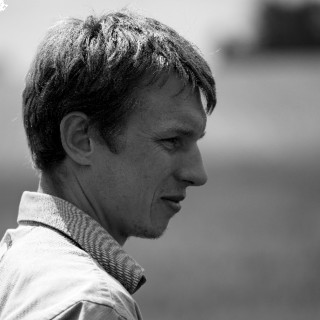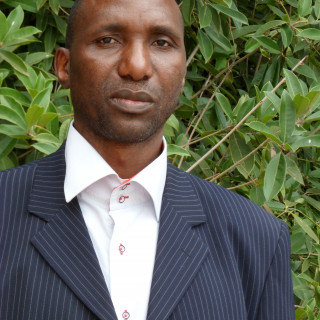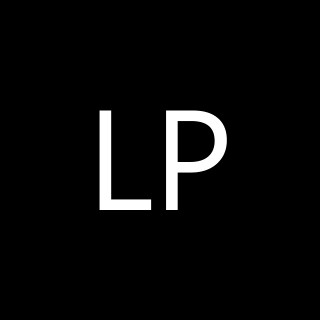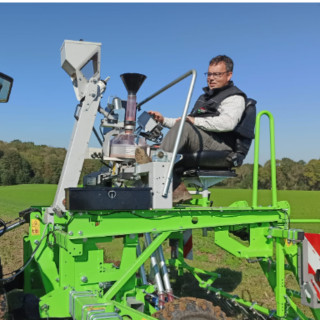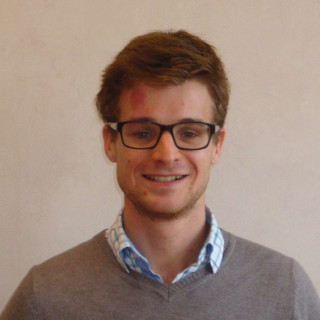The INVITE project aims to promote the introduction of new varieties resistant to biotic and abiotic stresses, adapted to sustainable management practices and exhibiting good resource use efficiency, due to the improvement of variety assessment tools and a better information to farmers on the performance of varieties under various production conditions. This is/will illustrated on the main cultivated species which cover different modes of propagation, various uses in food and animal feed and which show a significant breeding activity in the EU.
Different operational objectives are foreseen in which the CRA-W is involved. One of the objectives is the development of new phenotyping tools in both the visible and non visible regions, to provide indicators of adaptation to stress and to improve the speed, precision and efficiency of observations when assessing varieties. To achieve this goal, the CRA-W teams are working to determine on-site the properties of different varieties of wheat and apple using handheld and imaging instruments, visible and near infrared, for ground measurements. The evaluation trials on cereal varieties as well as the collections of apple genetic resources are used as support for this research. In particular, the hyperspectral sensors were evaluated to study the quality of apples in orchards and the susceptibility to fusarium head blight disease of winter wheat varieties in the field as shown in the following figures. Another goal is to work on historical data to predict the performance of a variety depending on environmental growing conditions and farming practices.

Figure 1 : Acquisition of spectral data on apples using a laboratory spectrometer or a portable spectrometer and calibration results for 4 quality parameters: dry matter, brix, acidity and total polyphenols.

Figure 2: Acquisition and processing of hyperspectral images of wheat ears in the laboratory in order to assess the % of Fusarium contamination per ear.

Figure 3: Acquisition and processing of hyperspectral images of wheat ears in the field in order to assess the % of Fusarium contamination per plot.
Project presentation video: https://www.youtube.com/watch?v=7kJAMEXTWeM
The INVITE project has received funding from the European Union’s Horizon 2020 research and innovation programme under grant agreement No. 817970.


